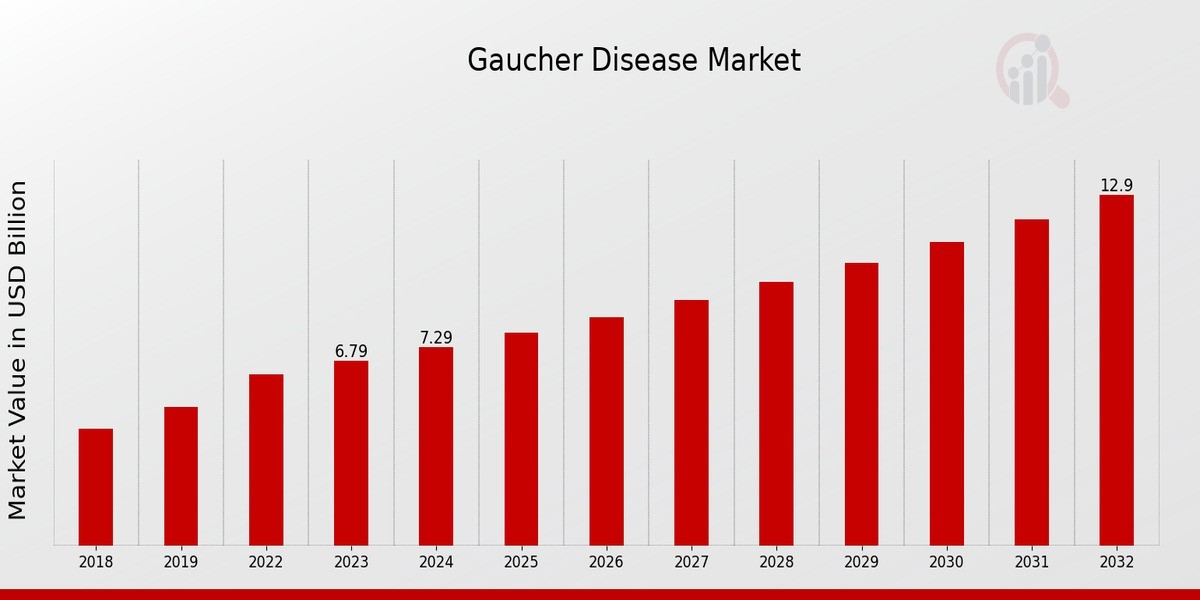Gonorrhea, one of the most common sexually transmitted infections (STIs) worldwide, has been a major public health concern for decades. However, in recent years, the emergence of antibiotic-resistant strains—commonly referred to as "super gonorrhea"—has alarmed medical experts. This new wave of treatment-resistant gonorrhea is making headlines, raising concerns about the future of STI management and public health safety.
What Is Super Gonorrhea?
Super gonorrhea is a strain of Neisseria gonorrhoeae that has developed resistance to multiple antibiotics, including cephalosporins, azithromycin, and even previously effective last-resort treatments. This makes it incredibly difficult to treat, increasing the risk of complications such as pelvic inflammatory disease (PID), infertility, and even systemic infections that can be life-threatening.
How Did Antibiotic Resistance in Gonorrhea Develop?
The overuse and misuse of antibiotics are the primary drivers of antibiotic resistance. Historically, gonorrhea was easily treatable with penicillin and tetracycline. However, as bacteria evolve, they develop mechanisms to resist the effects of these drugs. Over time, gonorrhea has developed resistance to nearly every antibiotic used against it, with current treatment guidelines relying on a dual therapy approach. Unfortunately, even these treatments are now being threatened by emerging resistant strains.
Gonorrhea Treatment Market Overview:
As per MRFR analysis, the Gonorrhea Treatment Market Size was estimated at 1.41 (USD Billion) in 2023. The Gonorrhea Treatment Market Industry is expected to grow from 1.46 (USD Billion) in 2024 to 2.14 (USD Billion) by 2032. The Gonorrhea Treatment Market CAGR (growth rate) is expected to be around 4.83% during the forecast period (2024 - 2032).
The Global Impact of Super Gonorrhea
Super gonorrhea is not just a localized problem; it is a global crisis. Cases have been reported in countries including the United States, United Kingdom, Japan, Australia, and Thailand. The World Health Organization (WHO) has warned that if new treatments are not developed soon, we could face a scenario where gonorrhea becomes untreatable, leading to a surge in severe complications and increased STI transmission rates.
Current Treatment Strategies and Challenges
While current treatment options involve a combination of antibiotics like ceftriaxone and azithromycin, the rise of resistant strains means that these therapies may not be effective for long. Researchers are working on developing new drugs, but the process of drug approval and clinical trials takes years. Moreover, the lack of public awareness and routine STI screenings contributes to the spread of resistant strains.
What Can Be Done to Combat Super Gonorrhea?
1. Development of New Antibiotics
Pharmaceutical companies and researchers must prioritize the development of novel antibiotics specifically targeting resistant gonorrhea strains. There are a few promising candidates in the pipeline, but global investment in antibiotic research remains insufficient.
2. Strengthening STI Prevention Strategies
Preventing the spread of gonorrhea is key to managing resistance. Encouraging safe sex practices, including condom use and regular STI testing, can help reduce infections and slow the spread of resistant strains.
3. Increased Surveillance and Early Detection
Public health organizations must improve surveillance systems to track the emergence of resistant strains. This allows for quicker intervention and the adjustment of treatment protocols based on regional resistance patterns.
4. Reducing Unnecessary Antibiotic Use
Antibiotics should only be prescribed when necessary, and patients should always complete their full course of treatment to prevent bacteria from developing resistance. Healthcare providers play a crucial role in antibiotic stewardship to ensure proper prescribing practices.
The Future of Gonorrhea Treatment
With super gonorrhea on the rise, the future of treatment depends on global cooperation between healthcare providers, researchers, and public health authorities. If new antibiotics are not developed soon, we may need to explore alternative treatment approaches, such as bacteriophage therapy or innovative vaccine development.
In the meantime, awareness is key. Practicing safe sex, getting regular STI screenings, and staying informed about antibiotic resistance are crucial steps in combating the spread of super gonorrhea. Without immediate action, we risk returning to a pre-antibiotic era, where once-treatable infections become deadly again.
For more information, please visit @marketresearchfuture








